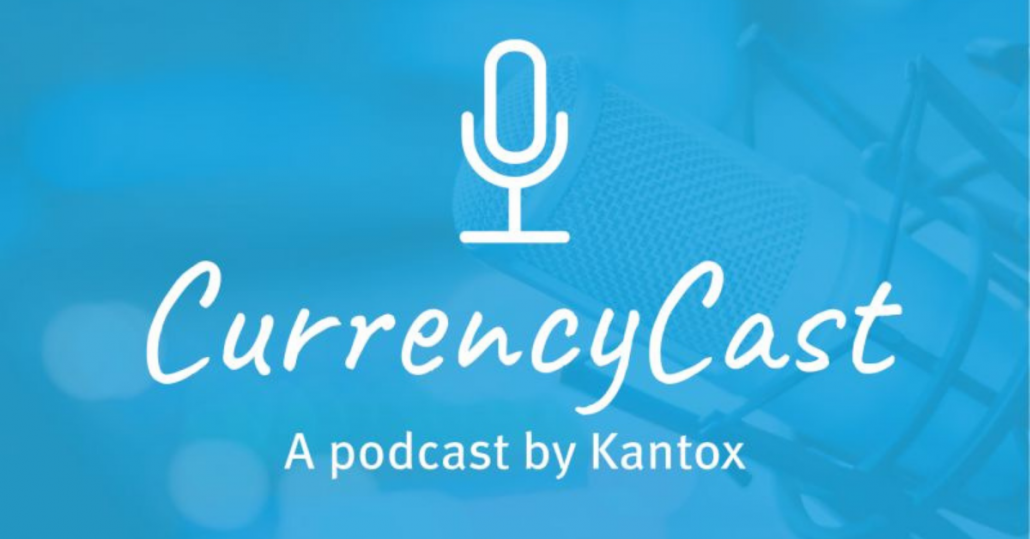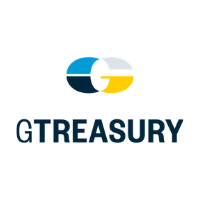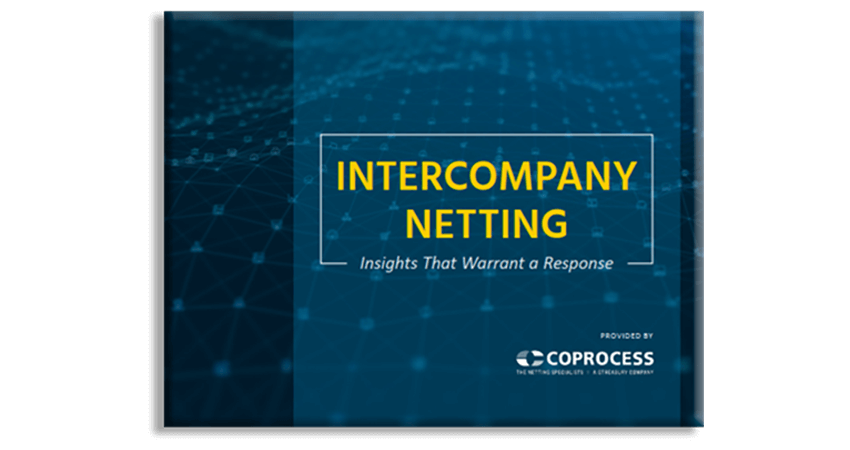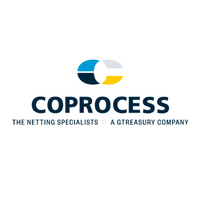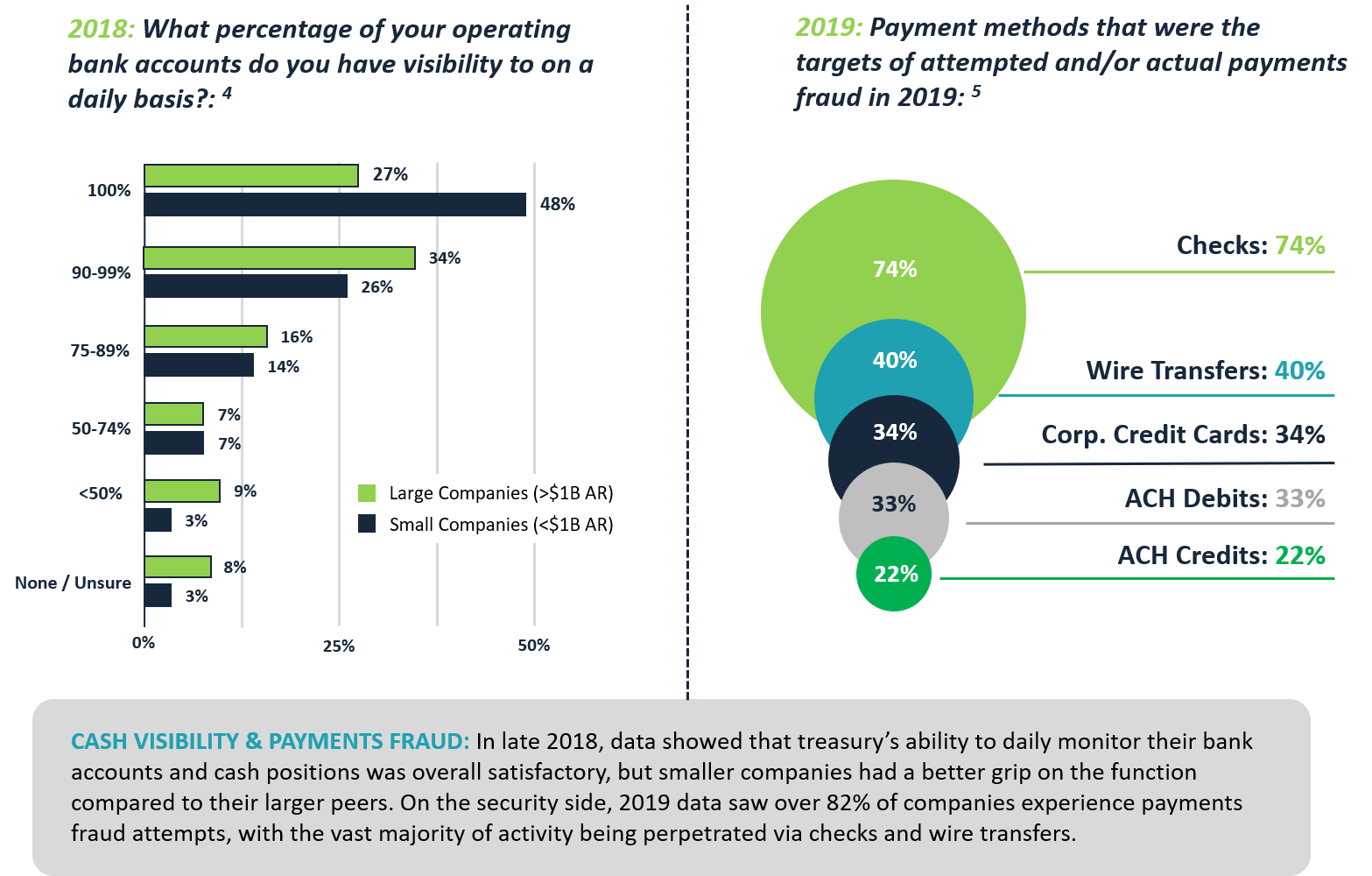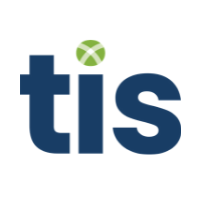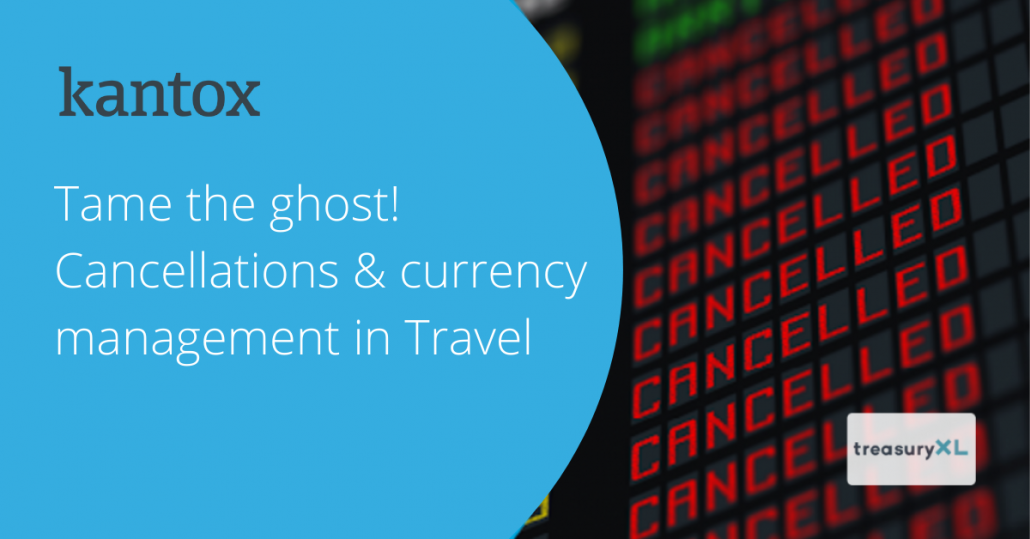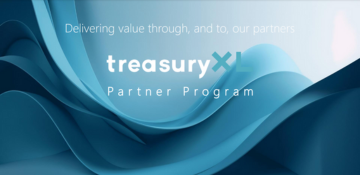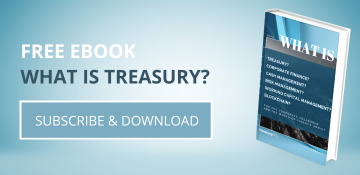Digital Payments Transformation for 2022
24-01-2022 | treasuryXL | Kyriba | LinkedIn |
By Bob Stark, Global Head of Market Strategy
Instant payments, payments fraud, and pandemic-led digital payments transformation projects have changed the B2B payments journey for CFOs and CIOs. IT teams recognize that new connectivity methods, such as APIs, are required to integrate their ERP platforms with banks, neobanks, and non-bank payment channels while finance departments are seeing the value of new options for instant payment delivery, including Venmo, SEPAInst, and The Clearing House’s Real-Time Payment network.
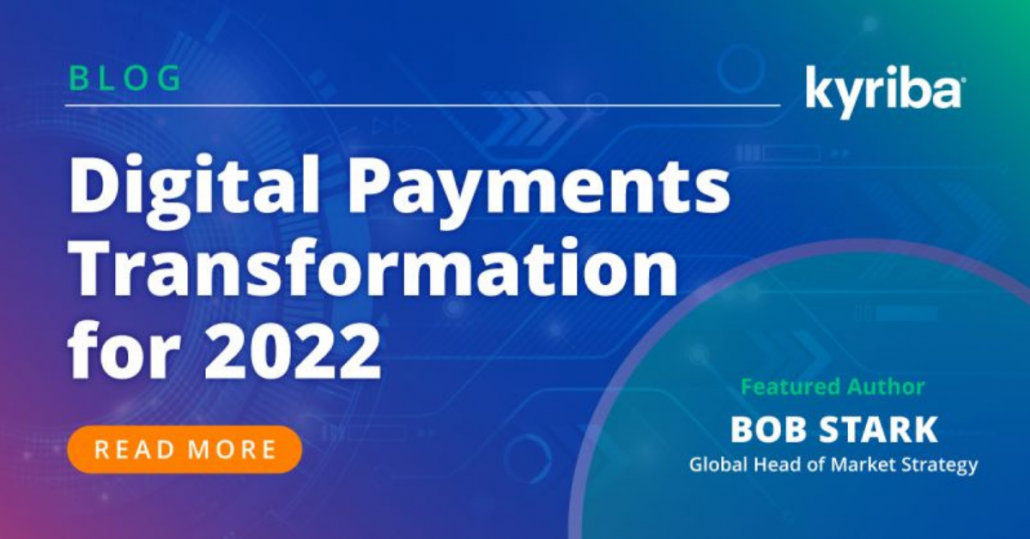
While the way payments are transmitted from ERP and treasury systems to beneficiaries is clearly modernizing, internal audit and governance teams are instructing finance and IT counterparts that their legacy payment processes are introducing operational risk. Combined with real-time payment settlements, older payment workflows are increasing the possibility of irrevocable mistakes, or worse, fraud. Payments transformation is the answer.
As with any payments project, the first question to be answered is: what is the desired business outcome? What measurable value can be quantified? Generally, for payments transformation initiatives there are three value drivers:
- Reduced bank and transaction costs
- Improved efficiency
- Reduced likelihood of mistakes and fraud
Reduced Bank and Transaction Costs
For many organizations, a digital payments transformation means they can reduce the reliance on expensive payment methods. Checks are a perfect example, where the total cost of ownership is reduced by 50% or more because of the immense internal processing and reconciliation times to send and receive checks.
Same Day ACH – fueled by recent increases in transaction limits – and real-time payments are becoming less expensive alternatives to wire payments, driving down the cost to remit faster payments. Further, payment-on-behalf-of (POBO) models allow for payment in local currencies, reducing currency translation costs, while also introducing the opportunity to net multiple payments to like suppliers and consolidate multiple payment systems into a single payment hub.
Most importantly, bank connectivity can be fully outsourced, which extracts immense cost from IT budgets, where ERPs and other internal systems were connected through hard-coded FTP scripts or reliant on expensive internal SWIFT infrastructures. Whether banks support APIs, FTP, regional networks, or SWIFT, payment connectors from ERPs and treasury to bank are pre-developed with tens of thousands of bank payment formats built into the product to eliminate any custom development to current platforms or when migrating ERPs to the cloud.
Certainly, reducing IT’s role in bank connectivity will save hundreds of thousands to millions of dollars, especially when considering the banking industry’s harmonization of bank formats to XML ISO 20022. This initiative, alongside banks’ movement to APIs, would mean years of redevelopment by IT teams to rebuild protocols and formats from ERP to the bank. Payment hubs make this a non-issue, slashing costs while simultaneously eliminating time to market bottlenecks.
Improved Efficiency
Efficiency takes many forms, but the most obvious is the automation of manual processes. Legacy processes require unnecessary time to initiate, approve, review, validate documentation, confirm the authenticity of payment requests, screen for additional compliance requirements (e.g., OFAC screening), and log in to multiple systems to send, confirm, and reconcile payments. For smaller organizations, this can be dozens of hours per week; for larger organizations, the productivity improvements are valued in the $100,000s.
In addition to manual payment initiation and processing, internal collaboration between payments and treasury teams adds complexity that can be better managed. Too many organizations leave excess cash in bank accounts as they lack real-time visibility into payment amounts. This inefficiency is magnified as payments are remitted faster (or even in real-time), meaning cash managers can no longer fund payments the next day. Payables, receivables, and treasury teams must have complete data unification to minimize the amount of cash allocated for working capital. One client, HCSC, reported reducing working capital from $4.0 billion to $25 million by automating internal and external cash visibility.
Fraud Prevention
With 90% of CFOs reporting in 2021 that fraud was the same or worse than it was in 2020, CIOs are collaborating with CFO counterparts to build increased resilience to payments fraud. The initiative goes by different names – payments compliance, payments governance, fraud prevention – the effect is the same. Organizations need to transform their processes to “catch up” to real-time payments. There are four critical tenets that form the base of every payments governance and compliance program:
- Standardization – The key to eliminating unauthorized payments – even if accidental in nature – is to ensure a standardized set of controls that prevail without exception. Controls could include payment approval scenarios, extra layers of authentication, procedures if approvers are remote and/or unavailable, and specific actions if modifications to the payment are required. The organization’s payment policy should be digitized and enforced by the payment hub software to ensure these controls are consistently applied.
- Real-Time Payment Screening – Many organizations require payments to be screened against sanctions lists and bank account validation databases prior to sending those instructions to the bank. A simple exercise to verify that the bank account belongs to the intended payee should be part of every payment journey.
- Digitized Payment Policy – The organization’s payment policy should be digitized for real-time compliance checks. Examples could include payments being made outside of approved countries, the first payment to a new bank account, irregular payment amounts, etc. Every payment should be screened in real-time so that any non-compliant or suspicious payments can be stopped and quarantined in real-time to be reviewed by authorized approvers. As payments continue to diversify across multiple channels (e.g. wires, ACH, checks, real-time) and become more real-time, organizations cannot rely on treasury staff scanning every payment in real-time; nor can they expect their banks to be the last line of defense.
- Artificial Intelligence – Machine learning is perfectly suited to provide an additional layer of protection by instantly determining if a payment is an anomaly against historical payment patterns. Machine learning algorithms are easily trained using structured payment data from an existing treasury system, ERP, or payment hub to find irregular payments that should be further reviewed. This can be done individually or within payment batches to minimize the impact on the settlement of payment runs.
Additional reading: 15 Minute Guide to Payment Hubs
While fraud prevention is oftentimes the leading requirement driving payments transformation projects, other benefits including outsourced connectivity, enterprise liquidity visibility, process standardization, and multiple cost reductions should not be overlooked as these features will likely pay for the payments project with a lightning-quick ROI. And fortunately, transforming payments can be a large, collaborative project or select capabilities can be implemented incrementally, increasing the value and risk protection within weeks.


